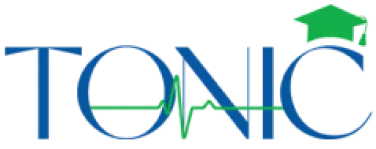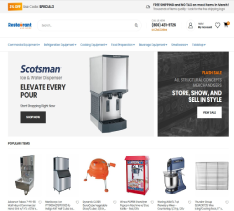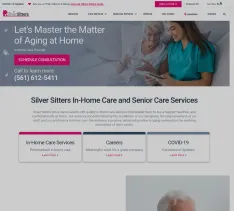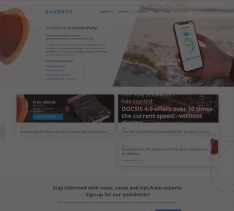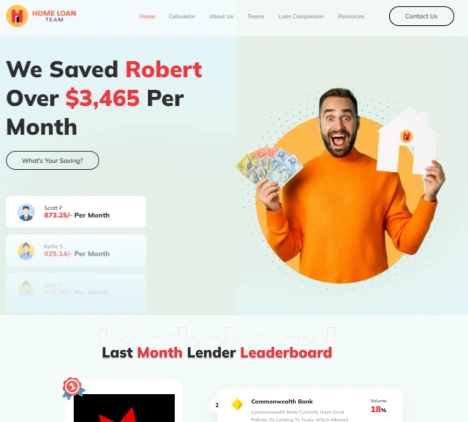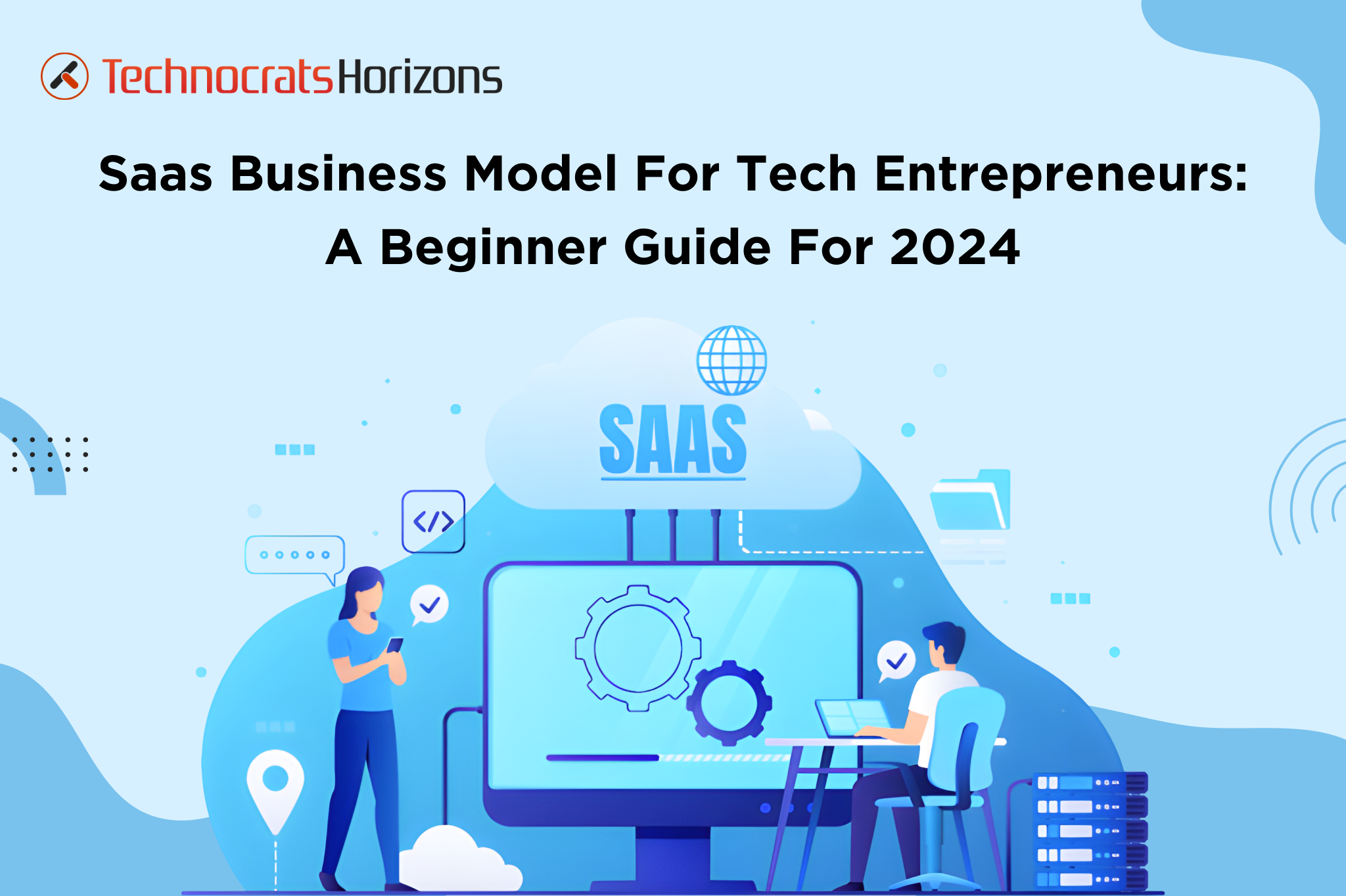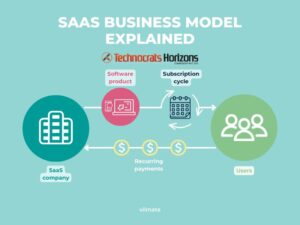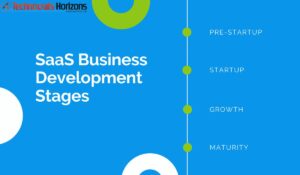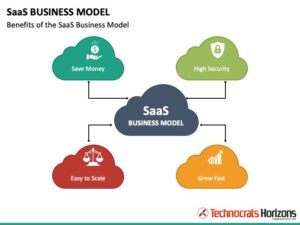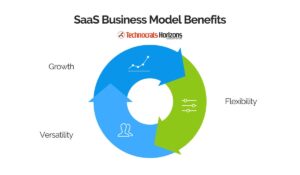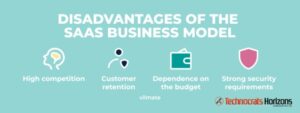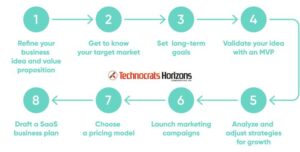John Koenig first used the word “SaaS” in 2005, and since then, it has become one of the world’s fastest-growing and most innovative industries. This is the best time ever for entrepreneurs to adopt SaaS business models, with more money flowing into the space than ever before.
SaaS stands for Software as a Service. As per a 99 Firms research, more than 80% of organizations utilize at least one SaaS application.
SaaS apps operate in the cloud and are frequently available via a web interface, desktop apps, and mobile apps depending on the needs of the startups..
SaaS providers get recurring income and have the flexibility to provide new services whenever they’re ready. So now is a great opportunity to implement the SaaS business model for your own startup.
To do this, though, you must have a thorough understanding of the SaaS business model, including the pros and cons, revenue models, and critical metrics that will help you determine the success of SaaS development services.
What is the SaaS Business Model?
SaaS, which is simply defined as software delivered over the internet, enables users to connect and utilize cloud-based software as a service through desktops, mobile apps, and web interfaces without the hassle of installation. With SaaS development for entrepreneurs, you can offer your products to customers based on a monthly/annual subscription or pay-as-you-go model.
Perhaps the main reason SaaS has gained popularity is that it spares users from having to invest in off-the-shelf software, which is a significant commitment. Instead, users can use a SaaS product or a SaaS solution for enterprises— for as long as possible — at a much more reasonable cost and terminate the contract whenever they feel like it.
Software as a service (SaaS) is provided, owned, and remotely managed by one or more suppliers. SaaS companies own the software, databases, and servers that make a product usable online. The more widely used SaaS business models are as follows:
Saas Customer Relationship management: Enables users to track sales and manage client information.
SaaS Enterprise Resource Planning: This program is best suited for large enterprises. With enterprise resource planning SaaS, tech entrepreneurs can manage large amounts of data and streamline their processes.
Accounting and Invoicing: Billing and invoicing services are the main focus of this SaaS business model.
Project Management Software: This model facilitates communication amongst colleagues on projects.
eCommerce and Web Hosting: These are remote servers that manage businesses’ online sales presence.
Human Resources: Software as a service (SaaS) that monitors employee satisfaction, handles payroll, conducts recruitment, etc.
Data Management: SaaS solutions that safeguard corporate data and make data analysis easier.
Growth Stages of SaaS Business Model
Establishing, developing, and growing a SaaS business is very challenging. Every day you have to overcome a lot of obstacles. However, with the correct information, you can divide complex issues into more manageable chunks. Here’s an overview of the typical life cycle of a SaaS business model for startups:
1. Pre-Startup
Every SaaS firm starts with research to identify the problem it wants to solve and how it can be solved with a SaaS product. Consider it as a phase of “problem-solution fit” where you talk to possible clients, build business contacts, look for and obtain funding, and create a minimal viable product (MVP).
2.Startup
When your SaaS product provides a workable answer to the issue you first set out to solve, you’ve reached the “product-market fit” stage. Focus all of your efforts on hiring important people, finding and acquiring your first 100 clients, and improving the product and its essential features.
3. Improving Processes and Efficiency
By perfecting your customer onboarding and experience, this stage of the SaaS business model seeks to establish the reputation of your SaaS business and cultivate a devoted user base. Here are some other important things you need to do at this stage:
- Finding recurring sales strategies
- Enhancing the client lifecycle funnel
- Locating fresh avenues for increasing user acquisition
Check off the things you have already completed. On the other hand, concentrate on staying abreast of market developments in order to guarantee stability and profitability for years to come.
4. Growth and Scaling
A SaaS application development company in its growth stage usually has a product and market fit that produces results, such as strong traffic and conversion rates. Make the most of the stability this period provides by raising more money to help customer acquisition and growth.
5. Maturity
Your SaaS application development company’s growth will slow down slightly but shouldn’t completely cease once you reach the mature stage. At this point, your clients are aware of what you have to offer and how it can help them with their issues.
Think about introducing new goods or services. Consider doing an IPO (initial public offering). Keep your competitive advantage.
Different Types of SaaS Business Models
It should be evident by now that developing concrete plans is essential to promoting business growth. You need to support your marketing and sales activities to proactively reach your intended audience, since they won’t just show up out of nowhere.
Here are four different SaaS business model growth tactics to assist you improve your sales process, add more users, while developing a more powerful brand:
SaaS Pricing Model
The product’s price should be chosen carefully since it has a direct impact on a company’s ability to make money. This also holds true for SaaS development for entrepreneurs. You can finalize the pricing by doing competitor analysis, making avatars of your customers, etc.
These are a few of the most popular pricing schemes of a SaaS business model:
Flat Rate
Flat rate is one of the most popular price models. The client is charged a monthly or yearly price in this case. Initially, there is no customization offered. But as the traffic starts to come in, the pricing can vary.
Pricing Per User
This pricing model’s basic premise is that prices increase as more users use the service. Since per-user pricing can be a bit pricey for larger organizations, it is best suited for small and mid-sized firms.
Tiered Pricing
The SaaS business model pricing approach known as “tiered pricing” divides the cost into several plans. Additionally, the features included in each plan determine its price. A plan will cost more to the consumer the more features it offers.
If a SaaS startup wants to use this price structure for its SaaS development services, they should make sure that every plan fits the needs of various client personas.
Pay as you go
This kind of pricing structure is common among cloud-based service providers like Azure and Amazon. This model applies the principle of “Pay for what you use” . To put it briefly, the price depends upon the kind of services you use at different stages.
Freemium Model
A large variety of features are provided for free under the freemium model. SaaS products that are built on a freemium model include Dropbox, Airstory, and Slack.
They’re free to use for most users. However, consumers have to upgrade to a premium package when they require more features than the basic set.
SaaS Revenue Model
SaaS revenue models provide guidance on how to make a profit using the SaaS business model. You can choose how to charge for your SaaS development services and how to monetize them using this kind of SaaS business strategy. It also clarifies the target audience’s identity and the best way to market your services to them.
Subscription Revenue Model
Subscription-based model is the most popular kind of SaaS revenue model that helps companies make money through regular payments.
A set fee is periodically processed and charged to the clients. Netflix, Hulu, and Amazon Prime are a few of the most well-known SaaS companies that rely on subscription-based revenue models.
Low-touch Sales model
A low-touch sales approach is one in which a prospect experiences minimal personal involvement from the time they begin looking up for the service until they become a customer.
Typical traits of a low-touch software as a service model includes:
- There is little direct interaction between sales team members and prospects.
- To advance prospects through the sales funnel, the sales process mainly relies on automation. These include FAQs, chatbots, and pre-recorded product tours.
- In order for the process to be successful, it also needs to give the prospects the information they require in order for them to decide what to buy. Examples of this information include email marketing, social media, blogging, affiliate marketing, referrals, and reselling partners.
- It is frequently employed by SaaS companies that offer inexpensive subscriptions.
- Leads are urged to take advantage of the free trial offer to learn more about the functionality of the product.
- Customers can immediately upgrade to the software’s subscription model once they’re happy.
- There is also a great deal of self-service available in the form of comprehensive documentation, how-to articles, help pages, and other aids.
- The lead can better grasp the product without contacting support if they have access to a comprehensive price page.
- Although it is less expensive, attrition is typically higher with this strategy than with a high-touch or hybrid sales technique.
As you can see below, this strategy is nearly the exact opposite of a high-touch approach.
Hybrid Sales Model
Hybrid software as a service (SaaS) sales models blend high-touch and low-touch methods for marketing the same product.
It combines the benefits of low-touch sales with personalized, high-touch support when needed, giving clients the best of both worlds. Therefore, a hybrid strategy is more scalable than a high-touch sales model.
This method simplifies the onboarding process and gives clients tailored advice while letting them figure things out on their own. Additionally, it allows clients to customize their experience to suit their needs by offering them the freedom to select the degree of support they receive.
Hybrid SaaS sales model, allows customers to request a custom estimate or custom pricing.
High-Touch Sales Model
In a high-touch software as a service sales strategy, sales and prospects engage in a great deal of direct communication from introduction to conversion.
The following are some salient characteristics of a high-touch sales strategy:
- After determining the prospects’ needs and value offer, the sales staff usually gives them thorough product tours and demos.
- Cold calling, cold emailing, advertising, lead qualifying, and conversion are all part of the lead generation pipeline.
- The sales staff helps with implementation and onboarding as well.
- Often, businesses that offer premium subscription services use this approach.
- The items in question are frequently complicated to integrate, run, and optimize. Thus, getting started correctly often necessitates a great deal of guidance.
- During the onboarding process, new customers are given individualized assistance and training, have their accounts set up, have their software customized, etc.
- Several touchpoints are frequently involved in this funnel before a sale is achieved.
- Additionally, once a contract is closed, the sales team frequently assigns an Account Manager to offer continuing advice and support to the customer in order to help them use the software service or product to achieve their objectives.
- High-touch models personalize the experience to increase customer satisfaction and loyalty, and provide specialized assistance.
- Despite the fact that this method can need a significant amount of resources over the course of the customer lifecycle, customer retention rates are higher with it than with low-touch methods.
Affiliate Revenue Model
Using affiliate links, you can divert sales to other websites rather than taking direct payments from website users.
You run the risk of losing viewers if your affiliates do not feel consistent with your brand. You run the risk of losing viewers even though this can generate more revenue than advertisements. This model is apt for startups who face struggle generating revenue the regular way.
SaaS Distribution Model
There are two categories of SaaS distribution models- direct distribution model and indirect distribution model.
With a direct distribution strategy, your team and technological resources sell directly to consumers via your website, phone sales force, and video conferences. It is not feasible to distribute directly to your clients.
Under the indirect distribution model, businesses use intermediaries to reach and sell your items. Your choice of SaaS distribution option will depend on your aims and budget.
Key SaaS Business Model Metrics
Metrics are the best way to measure the performance of any business model, not just SaaS development services. There are many indicators you can use to track when expanding SaaS application development company but some are more crucial than others, therefore pay special attention to the following:
Churn Rate
Churn rate indicates the number of consumers that unsubscribed or left within a predetermined time frame. There is no SaaS business model that is churn-free. Products change frequently, and customers switch from one company to another quickly.
You can know just how satisfied users are by looking at the churn rate. On the other hand, if it is always rising, it indicates that business is not doing well. The acceptable churn rate for SaaS development for entrepreneurs is between 5 and 7%.
Customer Acquisition Cost (CAC)
One approach to tell if your SaaS business is successful is to find out how much money and time you need to spend on acquiring a new user. You can use this formula to compute it:
Total Sales and Marketing Cost / Number of New Customers
Monthly Recurring Revenue (MRR)
MRR is the monthly revenue you expect to earn. By measuring MRR, you can gain insight into the fluctuations in your revenue from month to month. You can use the following formula to compute it:
Customers x Average Revenue = MRR
ARPA, or Average Revenue Per Account
Average revenue per account (ARPA) indicates how much income is generated from a single client, usually on a monthly, quarterly, or annual basis. Here’s how you calculate it:
Total MRR / Total Number of Clients
Customer Lifetime Value (CLV)
The average revenue you gain from users over the course of their software subscription is known as customer lifetime value, or CLV. Calculate it using this formula:
Churn Rate/(Gross Margin % x ARPA)= CLV
Customer Retention Rate(CRR)
Client retention rate tells you what proportion of your customers have kept paying for your SaaS development services. The retention rate for a specific time period can be determined using:
(Number of Users who Retain the Software / Total Users at the Beginning of the Time Period) x 100
Pros of SaaS Business Model
SaaS technology gives the tools they need to expand and thrive in a cutthroat market. Let’s explore its biggest advantages:
1. Cost-effectiveness
Establishing, promoting, and growing a business can drain your bank account. However, SaaS protects you against this. It uses a subscription-based business strategy and charges a reasonable monthly price for basic SaaS development services. By doing this, you can avoid making a large initial investment in hardware and software licenses.
2. Easily Accessible
SaaS provides its users with 24/7 access to its services. Users can use the internet to access SaaS solutions from any device, at any time, anywhere.
3. Automatic Updates
Everything in today’s world is automated, whether it’s a machine that makes coffee for you or a robot that cleans your house. With SaaS, the same holds true. By making sure your computer systems have the most recent automatic security patches and software upgrades, it reduces your effort.
4. Scalability
Your business’s needs will grow as it grows itself. SaaS financial risk management comes in handy in these circumstances. No matter how many employees you have—ten, fifty, or a thousand—you can simply modify your membership to meet the needs of the business.
5. Recurring Revenue
Saas business models offer yearly or monthly subscriptions, while traditional business models sell software licenses through one-time purchases. These subscriptions help businesses grow while preserving a consistent flow of income.
Additionally, customers are not required to buy items that are out of date. Depending on their needs at the time, they can choose to upgrade or renew their subscription.
Cons of the SaaS Business model
1. Longer Conversion Times
Customers are hesitant to accept SaaS solutions if the service is pricey. Businesses have a drawn-out sales procedure that includes team orientations, live product demos, and sales people. It stretches out the whole conversion process.
2. Easily Replicated
Competitors appear and attempt to replicate your accomplishment whenever you expand and succeed. Regretfully, SaaS business models make it easy for someone to replicate your success. When your competitors can quickly identify your price structure, marketing approach, sales strategy, and email campaigns on the web, you become just one of many SaaS development services providers.
3. Security Risks
It goes without saying that SaaS companies are vulnerable to data theft and criminality. These cyberthreats are a major worry for SaaS organizations because there have been so many cybercrime events in the past.
4. High Capital Requirement
Scaling and running a SaaS application development company is very challenging. To scale a business idea, a lot of information is required. Using data analytics would enable you to make better decisions. You would need a product development team, a customer service team, and a marketing team for SaaS customer relationship management. You won’t be able to last very long without money.
How Can You Implement a SaaS Business Model Successfully?
Your primary goal should be to develop a SaaS solution that demonstrates a great product-market fit. First things first, be sure you understand the distinctions between a prototype, a minimum viable product, and a proof of concept.
Follow these steps to implement a successful SaaS business model:
- Generate a fresh business idea.
- Create a proof of concept and present it. This will validate your product idea.
- Next, develop a prototype to draw in initial investment for the SaaS solution.
- Develop and introduce a freemium-based Minimum Viable Product. You can obtain early user responses and feedback with the basic version of your product.
- Take these feedback into consideration as you develop and release a complete product. Develop a plan centered on the pricing structure that works best for your SaaS product.
Wrapping Up
The SaaS business model appeals to a lot of entrepreneurs since you can start a SaaS business with basic knowledge or expertise in the sector. Additionally, a growing number of consumers want subscriptions with no long-term obligations.
Nevertheless, despite the model’s popularity, cash flow issues and a lack of product-market fit can cause 92% of SaaS business failures during the first three years.
If you want to avoid these issues and launch a successful business, you need to partner up with a SaaS application development company. Technocrats has years of experience in both SaaS development for entrepreneurs and building a SaaS solution for enterprises. Get in touch with us to discuss your SaaS idea.
Develop your SaaS product now!
Get a free consultation to build a successful SaaS product tailored to your requirements.


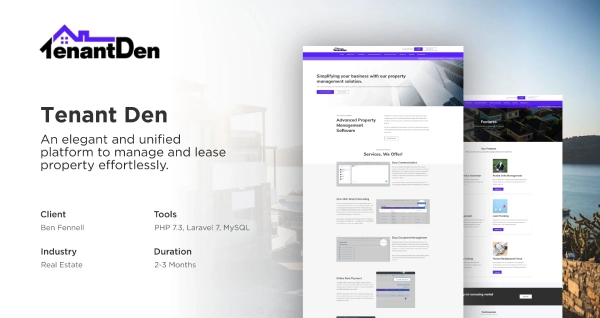
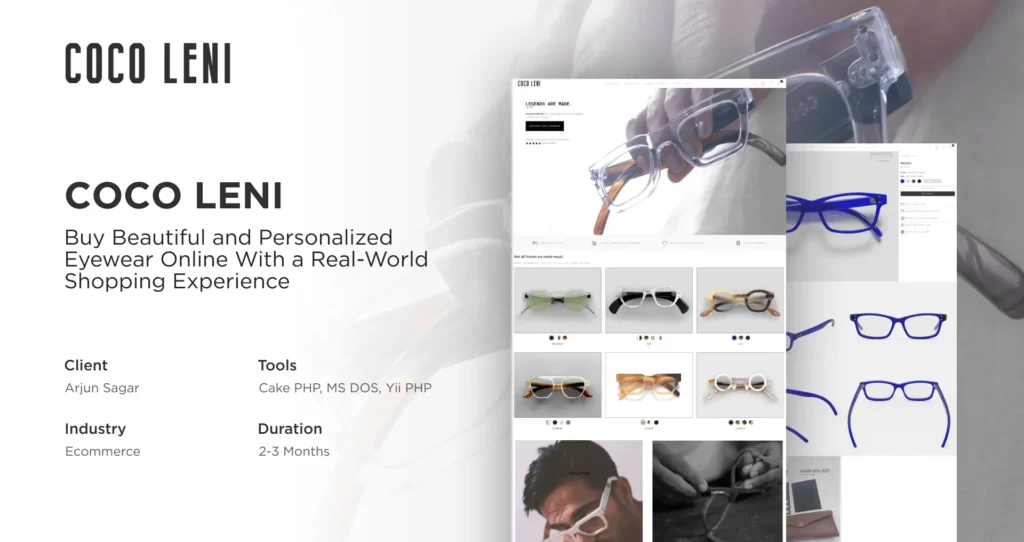
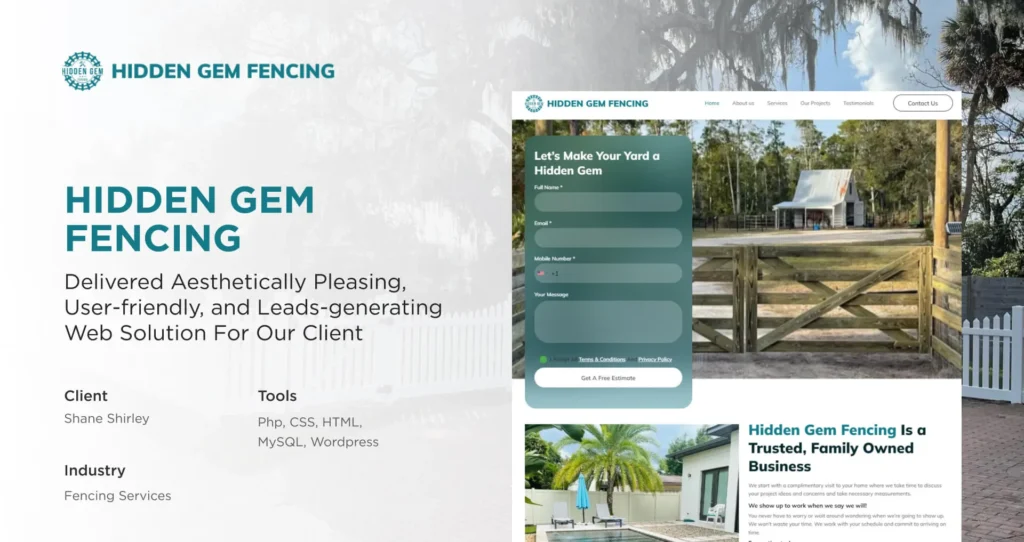
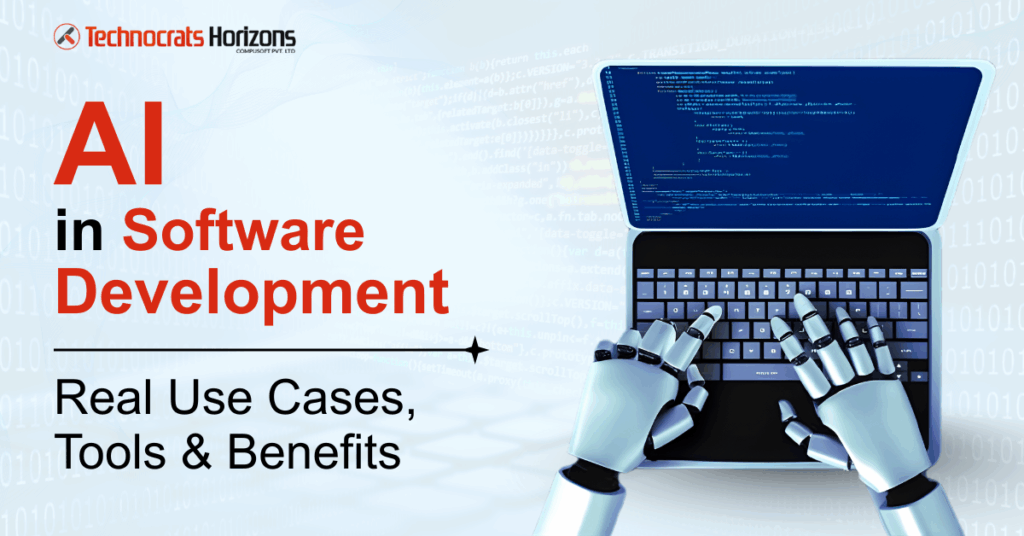
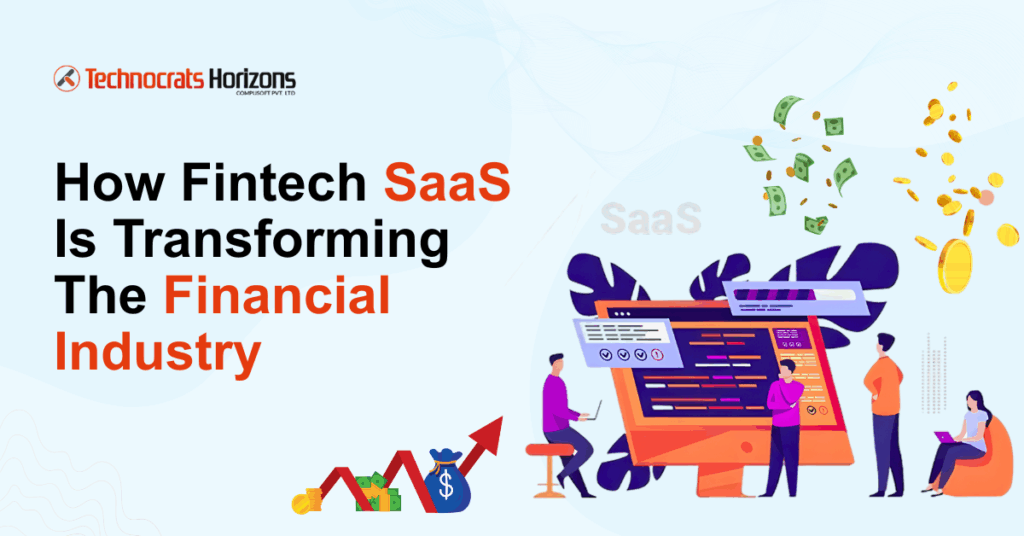

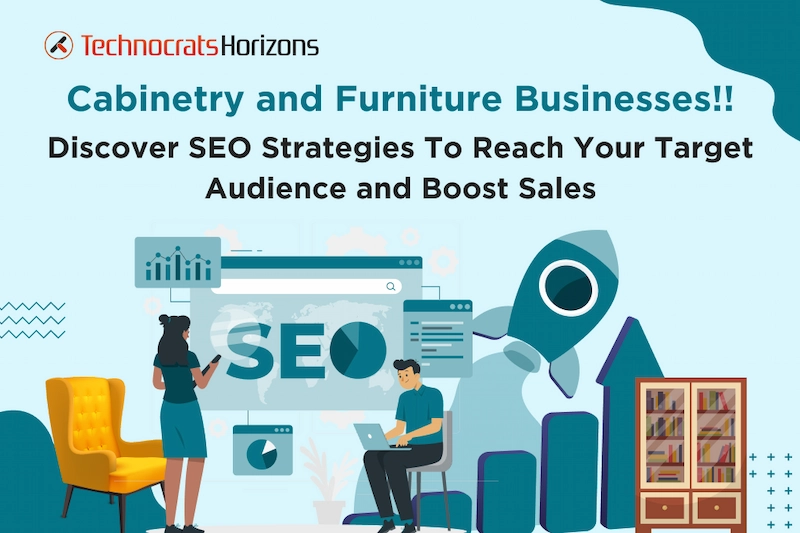
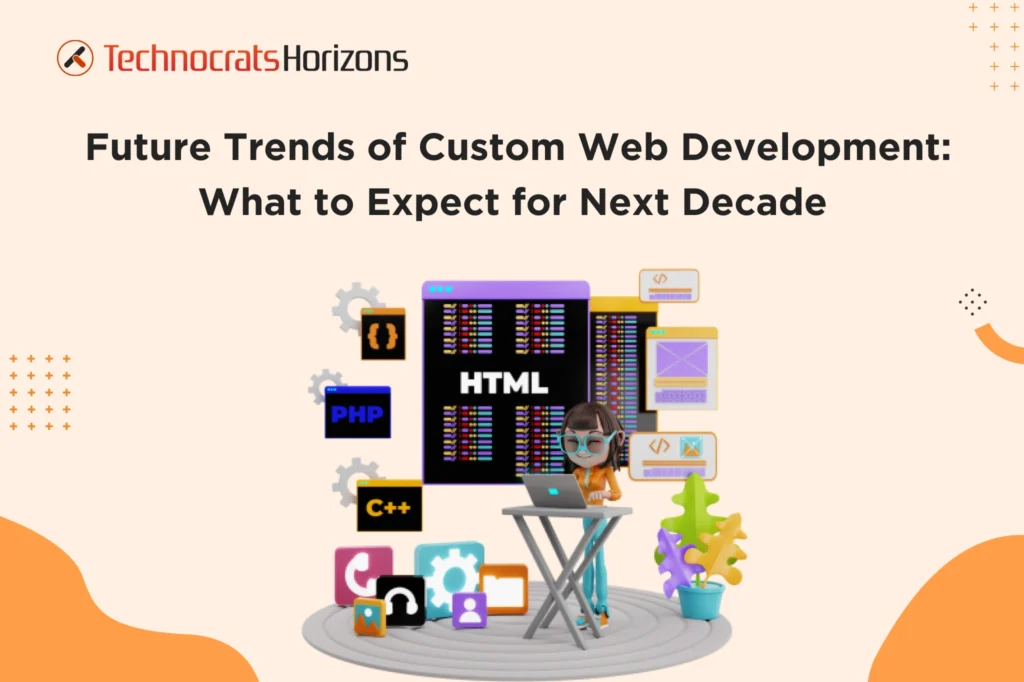
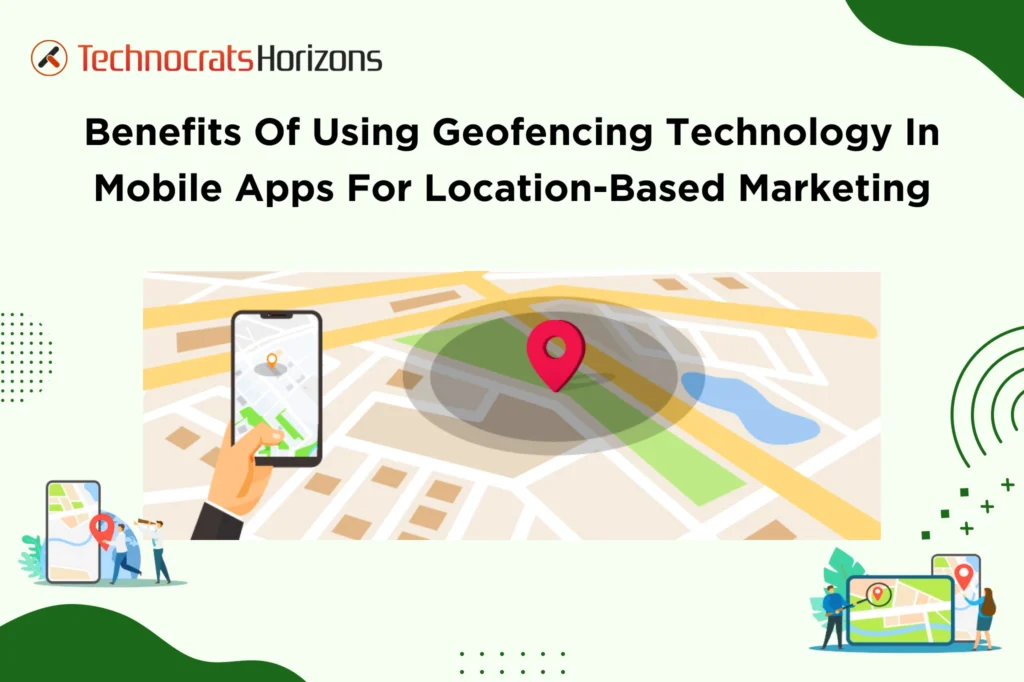
 Request a
Request a







